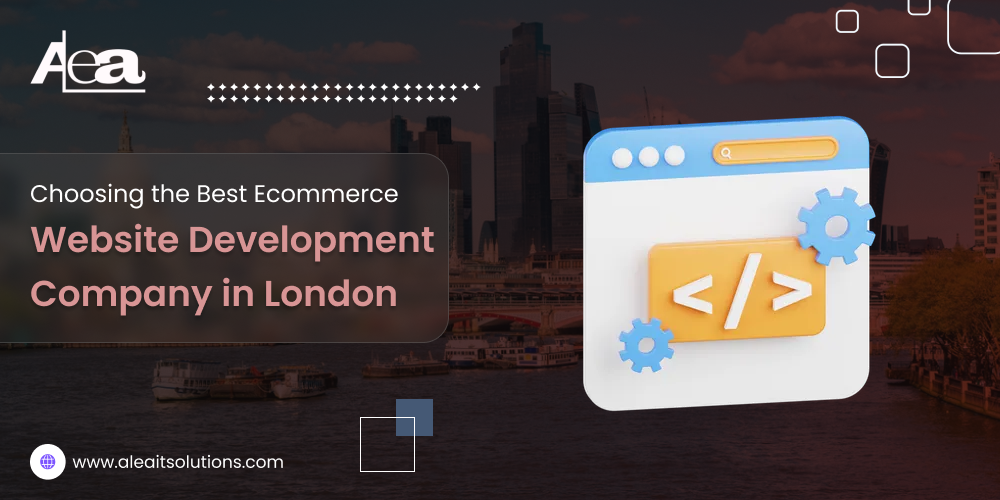When it comes to software development, choosing the right methodology can make or break your project. Two of the most widely used approaches are Agile and Waterfall, each offering unique advantages depending on the nature of your project. So, how do you decide which is best for your team? Let’s break down both methodologies to help you make an informed choice.
What is the Waterfall Methodology?
Waterfall is the more traditional approach to software development. It’s linear and sequential, meaning each phase must be completed before moving on to the next. The stages typically include:
- Requirement gathering
- Design
- Implementation
- Testing
- Deployment
- Maintenance
In Waterfall, everything is planned in advance. Once the development starts, there’s little to no room for changes without significant delays or added costs. This approach works best for projects with well-defined requirements that are unlikely to change.
Pros of Waterfall:
- Clear structure: Every phase is clearly outlined, making the project easier to manage.
- Predictability: Since everything is planned from the start, it’s easier to estimate timelines and costs.
- Ideal for static projects: Works well for projects with fixed requirements that are not expected to change.
Cons of Waterfall:
- Lack of flexibility: Once a phase is completed, it’s challenging to make adjustments.
- Late testing: Since testing happens near the end, issues discovered at this stage can be costly to fix.
- Risk of scope creep: Changing scope mid-project is difficult and can lead to missed deadlines.
What is the Agile Methodology?
Agile, on the other hand, is a flexible, iterative approach to software development. Instead of one long cycle, Agile breaks the process into smaller sprints, usually lasting 1-4 weeks. During each sprint, a working version of the product is delivered, allowing for continuous feedback and adjustments.
Agile thrives on collaboration and customer feedback. Teams work closely with stakeholders to refine the product throughout the development process.
Pros of Agile:
- Flexibility: Agile allows for changes and improvements during the development cycle.
- Continuous feedback: Regular interactions with stakeholders ensure the project meets expectations.
- Early problem detection: Testing occurs throughout the process, allowing for quick fixes.
Cons of Agile:
- Less predictable: With continuous changes, it can be hard to predict the final cost and timeline.
- Requires active involvement: Teams must regularly collaborate with stakeholders to make Agile work.
- Can be overwhelming: If not well-managed, Agile can lead to disorganized workflows and unclear deliverables.
When to Use Waterfall
Waterfall is ideal for projects that have clear, unchanging requirements and a fixed timeline. Here are some scenarios where Waterfall may be the better choice:
- Well-defined projects: If your project has precise requirements that are unlikely to change, Waterfall ensures everything runs smoothly.
- Regulated industries: Waterfall’s rigid structure is beneficial for industries with strict compliance requirements (e.g., healthcare, banking).
- Short-term projects: If the project is small and the requirements are clear, Waterfall can be efficient and cost-effective.
When to Use Agile
Agile is best suited for projects where requirements are likely to evolve or where customer feedback is critical. Consider Agile in the following cases:
- Complex projects: If your project is large, multifaceted, and prone to change, Agile’s iterative nature can help keep things on track.
- Client-driven projects: Agile is ideal when clients need to be involved throughout the process and provide ongoing feedback.
- Innovative projects: If you’re developing a new product where the outcome is uncertain, Agile allows for constant refinement.
Making the Right Choice for Your Project
The decision between Agile and Waterfall depends largely on your project’s needs, team structure, and client involvement. Waterfall works well when requirements are stable and you need a well-organized, linear plan. Agile is the go-to choice when flexibility and adaptability are more important, especially in projects with evolving requirements.
If you’re unsure, consider a hybrid approach that combines the structure of Waterfall with the flexibility of Agile, allowing you to get the best of both worlds.
Conclusion
Both Agile and Waterfall offer valuable frameworks for managing software development projects, but their effectiveness depends on the nature of your project. Understanding the strengths and weaknesses of each methodology will help you make a better decision that aligns with your project goals, team capabilities, and client expectations.
Choosing the right methodology could be the difference between project success and failure, so take the time to evaluate your project needs before making a decision!




